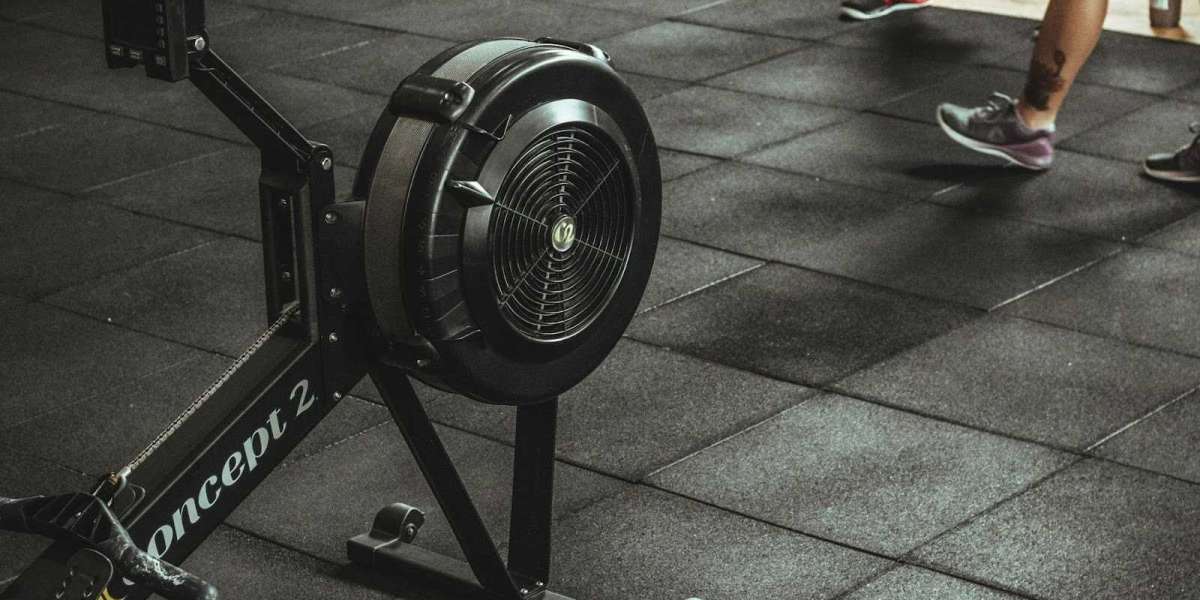Before diving into purchasing commercial fitness equipment, it's crucial to consider several factors to ensure that your investment aligns with your needs, goals, and budget. From assessing space requirements to evaluating maintenance needs, here's a comprehensive guide to help you make an informed decision.
Space Availability: Begin by evaluating the available space where you intend to install the equipment. Measure the dimensions accurately to ensure that the machines fit comfortably without overcrowding the area. Consider the layout to allow sufficient space for users to move around freely and ensure proper ventilation.
User Demographics: Understand your target audience and their fitness goals. Different demographics may have varying preferences when it comes to equipment types and features. For example, a gym catering to older adults might prioritize low-impact machines, while a facility targeting athletes may require specialized strength and conditioning equipment.
Equipment Variety: Offering a diverse range of equipment ensures that you cater to the varying needs and preferences of your clientele. Include cardio machines like treadmills, ellipticals, and stationary bikes, as well as strength training equipment such as weight machines, free weights, and functional trainers.
Quality and Durability: Opt for commercial-grade equipment designed to withstand heavy usage in a high-traffic environment. Quality construction materials, sturdy frames, and durable components are essential for ensuring longevity and minimizing the risk of breakdowns or accidents.
Safety Features: Prioritize the safety of your users by selecting equipment with built-in safety features such as emergency stop buttons, adjustable safety stops on weight machines, and non-slip surfaces. Additionally, provide adequate instruction and supervision, especially for complex or advanced equipment.
Maintenance Requirements: Consider the maintenance needs of the equipment, including regular servicing, lubrication, and calibration. Choose models with accessible components for ease of maintenance, and establish a maintenance schedule to prolong the lifespan of the machines and ensure optimal performance.
Budget Constraints: Set a realistic budget based on your financial resources and projected return on investment. While it's tempting to opt for the cheapest options, prioritize quality and durability to avoid costly repairs or replacements down the line. Explore financing options or consider purchasing refurbished equipment to save on costs without compromising quality.
Warranty Coverage: Review the warranty terms offered by the manufacturer to understand the extent of coverage and duration. A comprehensive warranty provides added peace of mind and may include free repairs, replacements, or technical support in case of any issues.
Space Efficiency: Maximize the use of available space by choosing equipment that offers space-saving features such as foldable designs, modular configurations, or multi-functional capabilities. This allows you to optimize floor space without sacrificing functionality or variety.
Brand Reputation and Support: Research reputable brands known for their quality, reliability, and customer support. Choose manufacturers with a proven track record in the fitness industry and positive reviews from other gym owners or operators. Additionally, consider the availability of spare parts, technical assistance, and customer service to address any concerns or issues promptly.
Future Expansion Plans: Anticipate future growth and expansion by selecting equipment that can be easily upgraded, expanded, or integrated with new technologies. Flexibility and scalability are essential to accommodate evolving trends, preferences, and user demands.
By carefully considering these factors before buy commercial fitness equipment, you can make informed decisions that align with your business objectives and provide a safe, enjoyable, and effective workout experience for your clientele.



